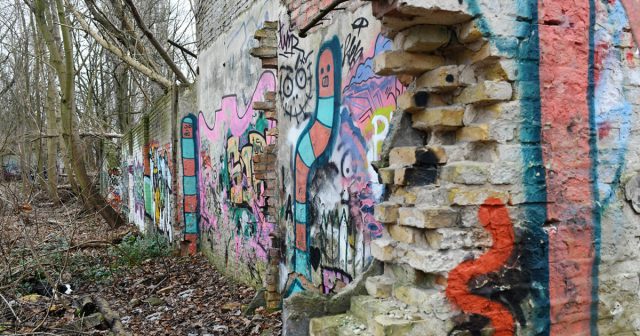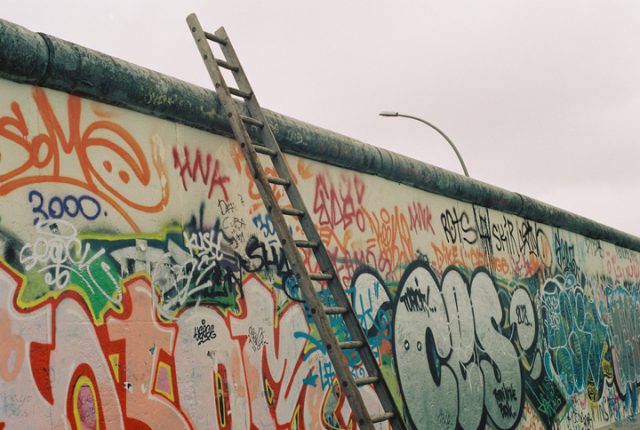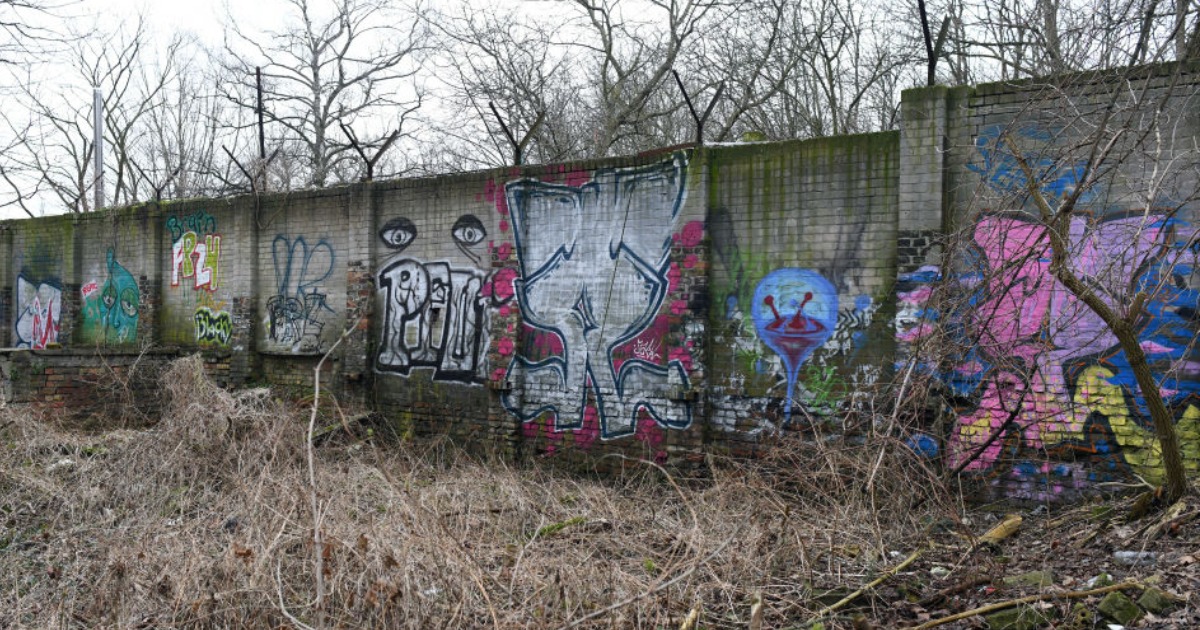A 196ft section of the Berlin wall is to be demolished. Standing in the way of progress is almost always a quixotic endeavor, but many people — particularly historians — believe that simply tearing down old buildings and other structures is not necessarily good for society. They often feel that age equates with significance, to a society, to a people, and often to a country itself.
That is certainly how many German historians feel about remaining parts of the Berlin Wall, famously torn down in November, 1989 to unite East and West Berlin into one city and symbolize the reunification of the country itself. But now, another long stretch of it, almost 200 feet and 11 feet high, has been razed to make way for a new condo development in Pankow, in northeast Berlin. Because the section had no particular heritage designation that protected it as a memorial or historic site, no rules were in place to protect it from demolition, and so the site will soon be home to luxury condos.

The Berlin Wall Foundation, led by Manfred Wichmann, was unhappy with city council’s decision to approve the project. Wichmann told Der Taggespiegel, a local newspaper, that “the partial demolition of the continuous piece of the hinterland wall… is a clear loss of original wall remains.” But because this particular section wasn’t protected, nothing stood in the way of tearing it down.
The Berlin Wall was much more than a concrete structure to keep citizens in East and West Berlin apart; it was a massive symbol of the Iron Curtain, the ideological division between democracy and communism. The leftover sections, Wichmann said, are vital symbols, “a stone witness of how deeply the border regime of the German Democratic Republic intervened in the everyday life of the people in East Berlin.”

In November 1989, the government mistakenly announced it would make travelling between the two halves of Berlin easier. That was all it took for the floodgates to open. People took to the wall with sledgehammers and pick axes, and by November 9, it was largely razed in many areas of the city. It was a cause for celebration in the country, as the largest symbol of division, between people and governments, came tumbling down.
Some sections of it became memorials, while other section became tourist draws and still others were simply abandoned and forgotten. Some in suburban areas of Berlin, now more than 30 years old, are covered by grass and other foliage, invisible to the casual observer. “Now these sections are disappearing more and more,” Wichmann said.
The stretch in Pankow was part of the Hinterlandmauer, an interior section that, in essence, presented a second hurdle to anyone trying to cross the Wall illegally. The Berlin Wall Foundation was established in September, 2005, to organize and oversee both the Berlin Wall Memorial and exhibitions dedicated to educating the public about its role in German life.
At the memorial, where the largest section of the Wall still exists, other items on display give a chilling sense of what life must have been like for citizens, including large concrete pillars meant to impede a person’s progress should they get across the Wall without permission. One permanent exhibition includes tributes to people who died trying to cross illegally.
Related Article: The 8 Most Inventive Ways People Escaped the Berlin Wall
At the moment, of course, the Memorial and all the Foundation’s exhibits are closed because of social distancing measures in place. But they hope to reopen soon, perhaps by the end of April. Meanwhile, another section of the Berlin Wall has fallen, although this time to make way for new homes. Some define that as progress. But historians, like Wichmann, aren’t entirely sure progress should be so narrowly defined.
